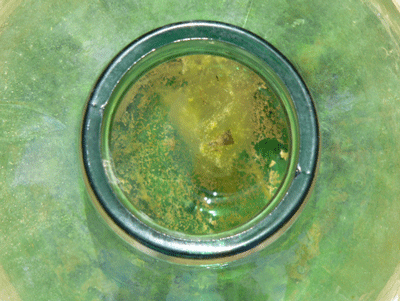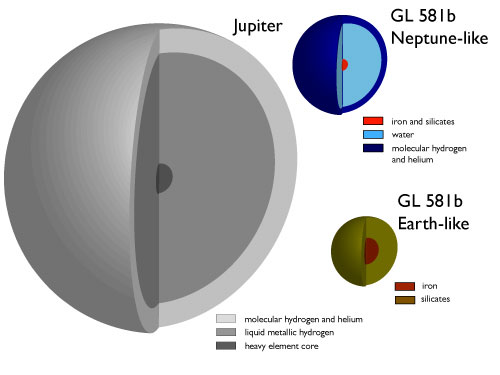As I’m writing this, it’s about 22:08 UT, April 2, 2006. (JD 2453828.4226). The midpoint of the most recent predicted transit window for GL 581 b occurred a few hours ago, at 15:46 UT. That was in broad daylight in both the United States and Europe, but it was in the middle of the night in Australia and Japan. Hopefully, the Australian and Japanese participants in Transitsearch.org had clear weather at their observing sites.

As dicussed in previous posts, GL 581 “b” has a minimum mass of 17.8 times the Earth’s Mass (very close to the mass of Neptune), and orbits with a 5.366 day period around a nearby red-dwarf star. The a-priori geometric probability that GL 581 b can be observed in transit is 3.6%. Because the orbit of the planet has been well-characterized with the radial velocity technique, we can make good predictions of the times that transits will occur if the plane of the planet’s orbit is in close enough alignment with the line of sight to the Earth. The star can then be monitored photometrically during the transit windows to look for a telltale dimming lasting a bit more than an hour as the planet crosses the face of the star.
If GL 581 b is found to transit, then we will have a scientific bonanza on our hands. The size of the planet, and hence its transit depth, is highly dependant on the planet’s overall composition. If it is an “ice giant”, with a similar overall composition and structure to Neptune, then it should have a radius about 3.8 times larger than Earth, and it should block out about 1.7% of the star’s light at the midpoint of a central transit. If, however, the planet is a giant version of the Earth, with an iron core and a silicate mantle, then it will be considerably smaller and denser, with a radius only ~2.2 times that of the Earth. If the planet is a super-Earth, then the transit depth will be much smaller, and only about 0.6% of the star’s light will be blocked. A 0.6% transit depth is tough to detect, but it’s nevertheless possible for skilled amateur observers to reach this precision.
Here are some cutaway diagrams showing the internal structure and relative sizes of Jupiter, and of GL 581 b in each of the two possible configurations:

Why would it be a big deal if we could determine the internal structure of GL 581 b? If the planet is a Super-Earth (that is, if the transit depth is small), then we would know that it accreted more or less in situ, using water-poor grains of rock and metal. The existence of such a structure would strongly suggest that habitable, Earth-like planets are very common in orbit around the lowest-mass M dwarf stars. That is, it would verify that high surface densities are a ubiquitous feature of the innermost disks of low-mass stars. On the other hand, if the planet turns out to be similar in size and composition to Neptune, then we will know that it is made mostly of water-rich material, and that it had to have accreted at a larger radius, beyond the so-called snowline of GL 581’s protoplanetary disk.

Pingback: systemic - GL 581. Flat, unfortunately.
Pingback: systemic - Roboscope